As India marks its 76th year of independence, it is essential to acknowledge the nation’s significant contributions to the global entrepreneurial landscape. Over the years, India has witnessed remarkable growth in entrepreneurship, and today, it stands proud with a host of unicorns worth billions of dollars. However, this entrepreneurial journey traces back to the ancient Indus Valley Civilization, where the seeds of enterprise were sown.
India is home to 108 unicorns as of May 31st, 2023, with a total worth of $ 340.80 Bn. Out of the total, 44 unicorns worth a combined $93.00 billion were born in 2021, while 21 unicorns worth a combined $27.00 billion were created in 2022.
Entrepreneurship, the art of seizing opportunities and creating innovative solutions, has been an integral part of India’s vibrant history. From the Indus Valley Civilization, where ancient artisans engaged in trade and craftsmanship, to the flourishing economic centers of medieval India, the country has a rich heritage of entrepreneurial spirit that has shaped its socio-economic landscape.
1. Indus Valley Civilization: The origins of entrepreneurship (c. 3300–1300 BCE):
The Indus Valley Civilization, known for its well-planned cities and advanced trade practices, laid the foundation for entrepreneurship in India. The inhabitants engaged in various economic activities, such as pottery, ornament-making, and animal trading, demonstrating early entrepreneurial skills.
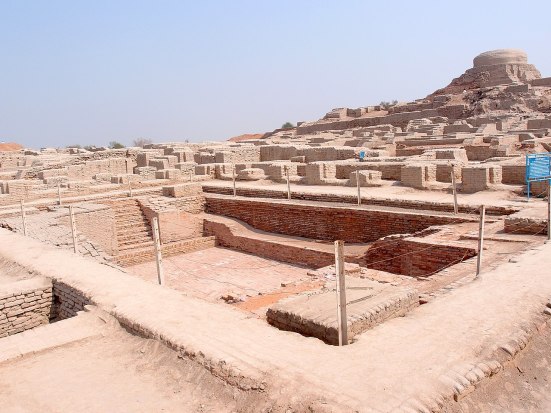
Flourishing along the banks of the Indus River, the Harappan people were skilled traders and artisans who engaged in cross-border commerce with Mesopotamia and other ancient civilizations. The discovery of standardized weights and measures, advanced urban planning, and intricate drainage systems in Harappan cities suggests an organized economy that laid the foundation for entrepreneurial activities.
2. Early years and the Maurya era: Trade and flourishing commerce
Between 1000 B.C and 500 B.C, Indian traders engaged in re-exporting silk from China to Central Asia and trading horses from West Asia to China. The Maurya Empire further fueled entrepreneurship with its vast territory and flourishing trade with missions to Sri Lanka and Southeast Asia.

3. Gupta Era: codification of transnational business (400 A.D – 600 A.D)
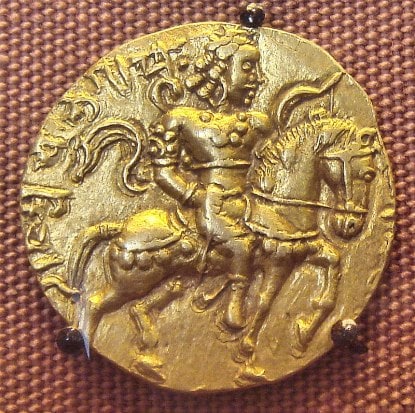
During the Gupta Era traders formed associations to protect their interests, leading to the codification of transnational business practices. Under the Mauryan and Gupta dynasties, India witnessed a flourishing economy and robust trade relations with foreign lands. The royal patronage extended to traders and artisans promoted entrepreneurship and laid the groundwork for a thriving marketplace. The establishment of trading guilds and organized marketplaces further fueled economic growth, with urban centers like Pataliputra and Ujjain emerging as prominent trade hubs.

4. Medieval India: The era of commercialization (600 CE – 1700 CE):
Medieval India witnessed the rise of influential dynasties like the Cholas, Chalukyas, and the Delhi Sultanate. These periods were marked by extensive maritime trade and sophisticated banking systems. Indian merchants ventured beyond national borders, connecting with traders from Africa, the Middle East, and Southeast Asia. Coastal cities like Kozhikode, Surat, and Calicut became pivotal centers of trade, attracting merchants from distant lands.
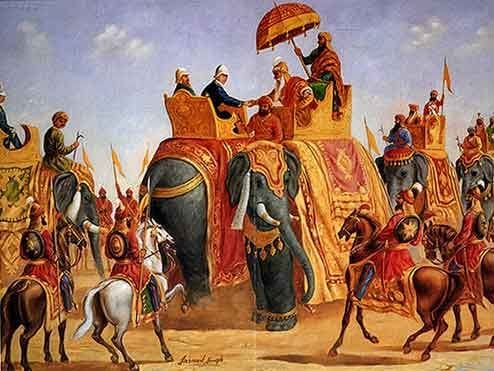
5. The Middle Ages and Mughal Era: Pioneering innovations
The Middle Ages (700 A.D – 1300 A.D) brought about remarkable innovations like paper and printing, easing trade across Southeast Asia and Indo-Asia. The Mughal Era (1500 A.D – 1700 A.D) dominated world commerce, witnessing the rise of entrepreneurs like Virji Vora, a Surat merchant, and Dwarkanath Tagore, who formed India’s first joint venture.
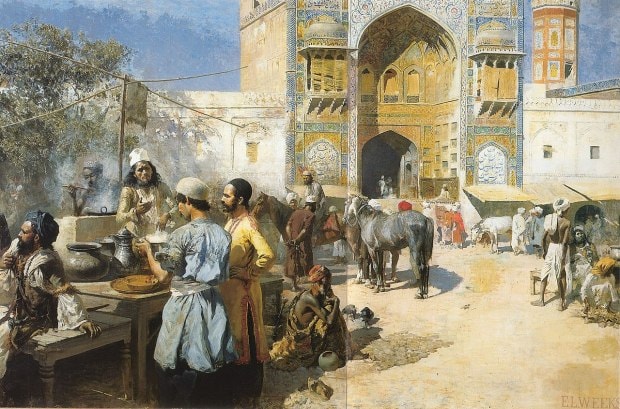
The Mughal era marked an era of economic prosperity and entrepreneurship in India. With an emphasis on promoting trade and commerce, the Mughals established a strong network of roads and supported cross-cultural exchanges. The establishment of “Sarai” (rest houses) and “Caravanserais” (inns) facilitated the movement of merchants and goods across vast distances.
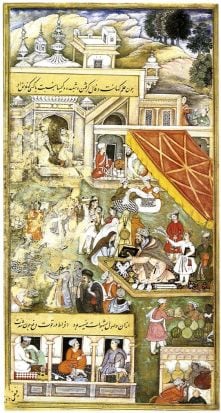
6. Colonial Era: Seizing Opportunities (1700 A.D – 1947 A.D)
The colonial period saw the influx of new business practices from Europe, leading to Indian entrepreneurs seizing opportunities. Names like Jamsetjee Jejeebhoy, J.N. Tata emerged, laying the groundwork for India’s industrial growth.

7. After Independence: A New Wave of Entrepreneurs
Post-independence, India saw a surge in entrepreneurship, with visionaries like JRD Tata, M.S. Oberoi, and Jamnalal Bajaj paving the way. The country embraced globalisation, giving rise to contemporary entrepreneurs like Azim Premji, Narayana Murthy, and Rajesh Jain, who became wealth creators and change agents.

8. Present Era: Embracing Innovation
In the present era, entrepreneurship in India embraces innovation as a crucial factor for success. C.K. Prahalad’s concept of “Fortune at the Bottom of the Pyramid” emphasizes the need for innovative solutions to address domestic opportunities. Modern entrepreneurs wear multiple hats, from wealth creators to communicators and entertainers, driving India’s entrepreneurial ecosystem forward

Challenges and Innovations:
Entrepreneurship in India was not without challenges. The constant invasions, political instability, and foreign domination posed threats to entrepreneurial ventures. However, the resilience and adaptability of Indian entrepreneurs enabled them to navigate through these turbulent times. Innovative business models, such as “Hundi” (an indigenous credit system) and “Seths” (Indian moneylenders), helped facilitate trade and finance.
As India celebrates its 76th year of independence, reflecting on the history of entrepreneurship becomes an ode to the indomitable spirit of its people. From ancient times to the present era, entrepreneurship in India has come a long way, evolving through innovation, resilience, and determination. As the country continues to foster its entrepreneurial ecosystem, one can only anticipate even greater achievements and contributions to the global stage.








